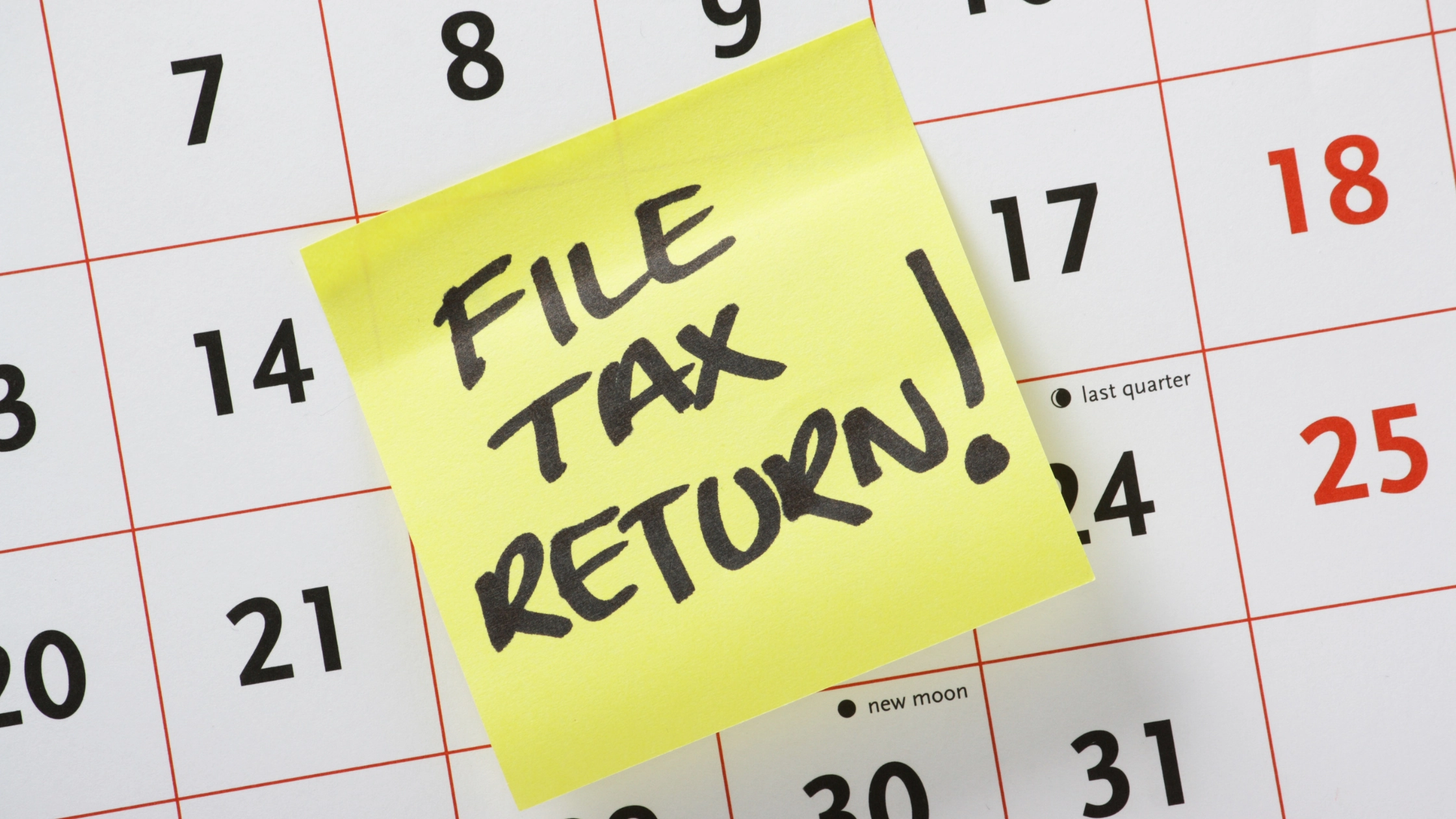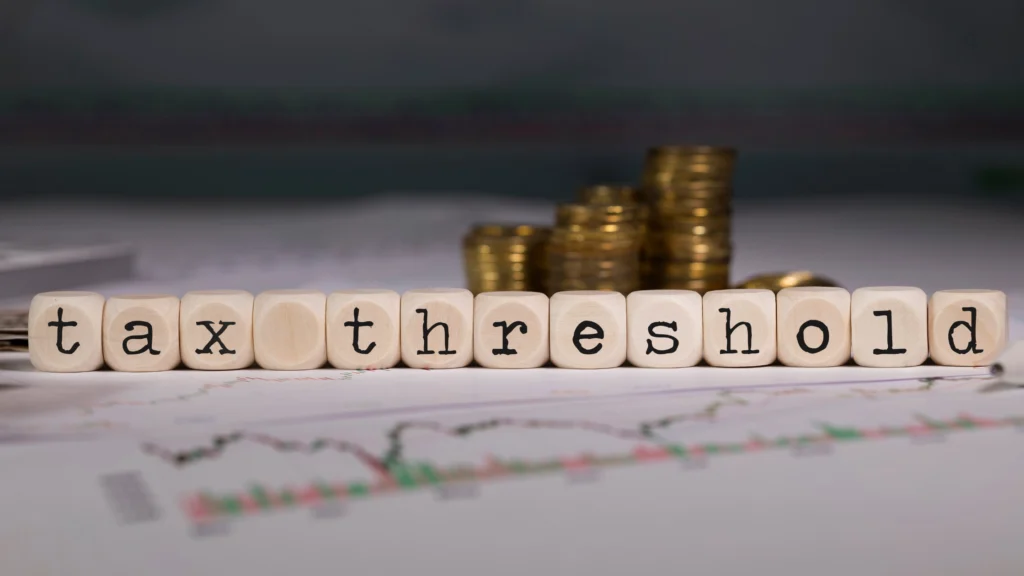Why Do I Have a Tax Bill This Year? A Comprehensive Guide to Tax Returns

Wondering why you have a tax bill this year? You’re not alone. Our latest article breaks down the various factors, so you can understand your tax situation better now that June 30 has rolled around.
The various factors that the Australian Tax Office considers when determining your tax liability, such as your total income, deductions, and any applicable tax offsets all come together to collectively influence whether you owe money or are entitled to a refund.
By the end, you’ll have a clear understanding of why you might owe money on your tax return and what steps to take if you receive a tax bill, guiding you through the nuances of your tax assessment.
Let’s start by diving into the intricacies of your tax assessment and the common reasons for receiving a tax bill.
Understanding Your Tax Assessment
When it comes to understanding your tax assessment, the process might seem daunting at first. The Australian Taxation Office (ATO), uses a combination of your income, deductions, and other financial factors to calculate your tax liability. This calculation determines whether you receive a tax refund or owe a tax bill.
A key document in this process is the Notice of Assessment (NOA). The NOA details how your tax assessment is calculated, providing a clear breakdown of your taxable income, deductions, and any tax offsets applied. It serves as a roadmap to understanding your financial obligations and ensuring you comply with the tax system.
Several factors influence your tax liability. The ATO considers your total income, including wages, investment income, and any other sources of earnings. Deductions for expenses such as work-related costs and charitable donations also play a significant role in determining your final tax liability. By understanding these components, you can better anticipate your tax obligations and take proactive steps to manage them.
Why did I Receive a Tax Bill Instead of a Refund?
4 Common Reasons for Receiving a Tax Bill
Receiving a tax bill instead of a refund can be a bit of a shock, but it’s a common experience for many. Several factors can lead to owing money, and understanding them can help you manage your tax obligations better.
Here are the four most common reasons you might end up with a tax bill:
- Changes in income
- Irregular income
- Incorrect tax payments
- Loss of tax offsets
Understanding these factors can help you navigate your tax obligations more effectively and avoid surprises in the future.
#1 Changes in Income

An increase in income is a common reason for a higher tax bill. When your income rises, it can push you into a higher tax bracket, resulting in a larger tax obligation. For instance, if you received a significant pay raise or earned additional income from investments, your overall tax liability could increase. This is particularly true if you have a study or training support loan, as the repayment rate on these loans can also increase with higher income.
Changes in income can also affect your eligibility for certain tax offsets and deductions, further impacting your tax liability. For example, if your income increased significantly, you might no longer qualify for the Low and Middle Income Tax Offset, which ended on June 30, 2022. Understanding these dynamics can help you anticipate potential tax bills and plan accordingly.
#2 Irregular Income

Managing tax obligations can be particularly challenging for self-employed individuals with irregular income. Fluctuations in income can make it difficult to predict tax liabilities and ensure timely payments. To mitigate these challenges, it’s advisable to save extra earnings during high-income periods to cover expenses and tax obligations during leaner months.
By setting aside money during profitable periods, you can create a financial buffer that helps smooth out the highs and lows of irregular income. This approach ensures that you have funds available to meet your tax obligations, reducing the likelihood of receiving an unexpected tax bill at year-end.
#3 Incorrect Tax Payments

Incorrect tax payments are another common reason for receiving a tax bill. If not enough tax is withheld from your income throughout the year, you might find yourself owing money at tax time. This can happen if you have multiple jobs and incorrectly claim the tax-free threshold for each one, resulting in insufficient tax withholding.
Additionally, if you have a study or training support loan and fail to inform your employer, they might not withhold enough tax from your salary, leading to a tax bill. Differences between the details in your tax return and the ATO’s pre-fill data can also trigger a tax bill, as discrepancies need to be resolved.
Ensuring accurate tax payments can help you avoid unexpected tax liabilities and make it easier to pay tax on time.
#4 Loss of Tax Offsets

The loss of certain tax offsets can also result in a tax bill. For example, the Low and Middle Income Tax Offset (LMITO) ended on June 30, 2022, meaning taxpayers no longer benefit from this offset. Without this offset, you might find yourself owing more taxes than in previous years.
Losing eligibility for other tax offsets can similarly increase your tax liability. These offsets are designed to reduce your overall tax burden, so their absence can result in a higher tax bill. Staying informed about changes in tax offsets and how they apply to your situation is crucial for effective tax planning.
Other Cases Where You May Receive a Tax Bill
Higher Tax Brackets and Additional Levies
Moving into a higher tax bracket can increase your tax liability. If you earn additional income from a raise or a bonus, it can push you into a higher tax bracket, resulting in a larger tax bill. This is especially relevant if you have multiple jobs or additional income streams, as combined income may place you in a higher bracket.
Additional levies, like the Medicare Levy Surcharge (MLS), can further increase your tax debt. For the 2023-24 financial year, single individuals with an annual taxable income above $93,000 and families with a combined taxable income exceeding $186,000, plus $1,500 per dependent child after the first, must pay the MLS. This surcharge ranges from 1% to 1.5% of your income and is designed to encourage higher-income earners to take out private health insurance.
Investments and Rental Income
Income from investments and rental properties can also lead to a tax bill. Dividends from shares, rental income, or other investment earnings are included in your taxable income and taxed at your marginal tax rate.
Income from sharing economy activities, such as ride-sourcing or renting out assets, is taxable and must be reported. Selling a capital asset like real estate or shares means any profit is subject to capital gains tax (CGT), impacting your tax liability. Being aware of these tax implications can help you better manage your investment and rental income.
Self-Employment and Business Income
Self-employment and business income come with unique tax obligations. Unlike salaried employees, self-employed individuals must manage their own tax payments. This requires careful planning and regular monitoring of income to ensure tax liabilities are met.
The PAYG instalment system can help manage these obligations. Self-employed individuals may pay income tax in quarterly instalments, spreading the tax burden throughout the year to avoid large tax bills at year-end.
What To Do If You Receive a Tax Bill

If you receive a tax bill, it’s crucial to address it promptly. Typically, you must pay your tax bill within 21 days after your tax assessment is processed. Ignoring the bill or delaying payment can lead to additional penalties and interest, making the situation more challenging.
If you’re unable to pay the tax bill in full by the due date, consider setting up a payment plan tailored to your circumstances. The ATO offers various payment options, allowing you to spread the payments over time. Additionally, if you’re experiencing financial difficulties, the ATO provides support and may offer solutions to help you manage your tax debt.
For further assistance, contact the ATO directly or speak with a registered tax agent. They can help you understand why you received a tax bill and provide guidance on managing and paying your tax obligations. Taking swift action is key to resolving tax debt and avoiding further complications.
How Do You Avoid a Tax Debt?
Increasing Your Tax Withheld
Requesting an upwards variation to increase your tax withholding rate is a straightforward way to prevent future tax bills. You have the option to request one or multiple payers to increase the amount of tax they withhold from your income. This can be done to ensure you meet your tax obligations. This adjustment ensures that more tax is collected throughout the year, aligning your tax payments more closely with your actual tax liability.
By varying your withholding rate or amount, you can better manage your tax obligations and reduce the likelihood of owing money at tax time. This proactive measure helps you stay ahead of your tax liabilities and avoid the stress of unexpected tax bills.
PAYG Instalments
Entering the PAYG instalment system voluntarily is a smart move for individuals expecting significant business or investment income. This system enables you to spread your tax payments throughout the year, helping you manage cash flow and avoid large tax bills at year-end.
If your business income exceeds certain thresholds, the ATO will automatically enrol you in the PAYG instalment system. You’ll receive notifications from the ATO when this happens.
If you anticipate earning income over the PAYG entry thresholds, consider arranging voluntary entry into the instalment system. This can be done through the ATO online platform, making it a convenient option for paying taxes whilst busy keeping your business going. By planning ahead, you can ensure that your tax payments are manageable and predictable.
Regular Tax Prepayments
Making regular tax prepayments is another great way to manage your tax liabilities. Tax prepayments can be made at any time and as often as you like, allowing you to stay on top of your tax obligations. This approach helps you set aside money for future tax bills, making it easier to handle tax liabilities when they arise.
If you don’t request tax refunds, the ATO will hold prepaid amounts towards your expected tax bill. By making regular prepayments, you can avoid the financial strain of a large tax bill at year-end and ensure smoother financial management throughout the year.
How to Know Your Tax Liability or Return Opportunities
Estimating your tax liability is a crucial step in effectively managing your tax obligations. Using income tax calculators, such as the one provided by the Australian Taxation Office (ATO), can help you estimate how much tax you owe based on your income and deductions. These calculators are valuable tools for planning and ensuring you set aside enough money to cover your tax liabilities.
The ATO income tax calculator can estimate your tax payable for various income years, although the exact amount will be determined upon lodgment of your income tax return. By using these tools, you can gain a better understanding of your tax obligations and avoid unexpected tax bills.
Navigating the complexities of tax obligations can be challenging, but Shoebox Books and Tax is here to help. As registered tax agents, we offer fixed-price packages for their services, ensuring no hidden fees or surprises. Our comprehensive services include:
- BAS preparation and lodgment
- Debt and cash flow management
- Payroll management
- Tax strategy and planning

At Shoebox Books and Tax we provide phone and email support as part of our service packages, making it easy to get the help you need when you need it. Our proactive and knowledgeable team is dedicated to helping businesses grow through detailed advice and recommendations.
Whether you’re a small business owner or an individual, our tailored bookkeeping and tax packages can simplify your tax processes and help you stay compliant with the ATO.
If you’re wondering why you have a tax debt or need help managing your tax obligations, contact Shoebox Books and Tax today. Let our team of experts assist you in navigating tax time smoothly and ensuring you don’t owe the ATO more than necessary.